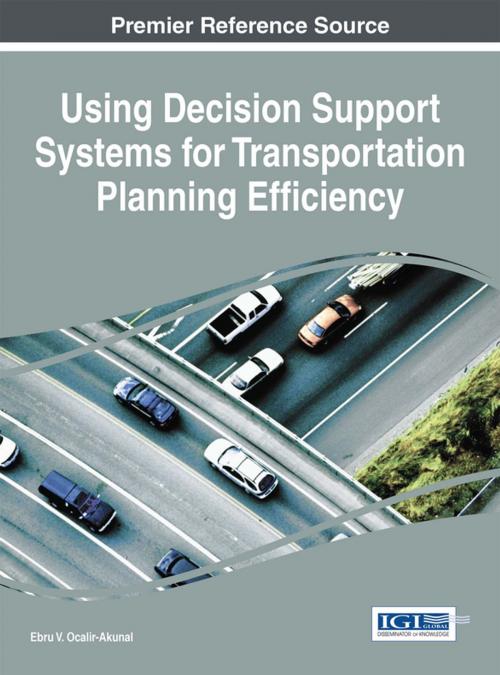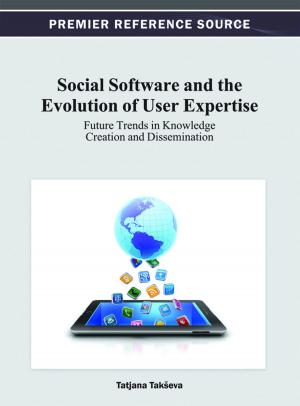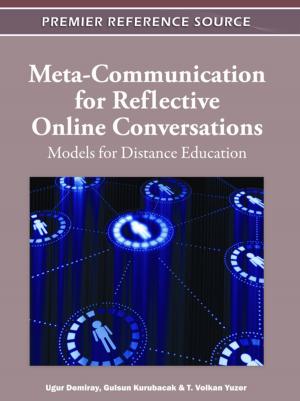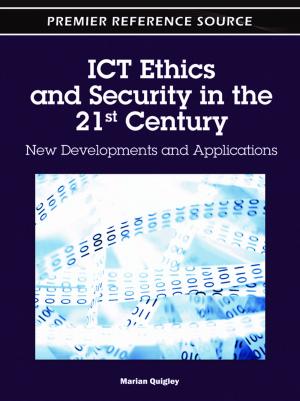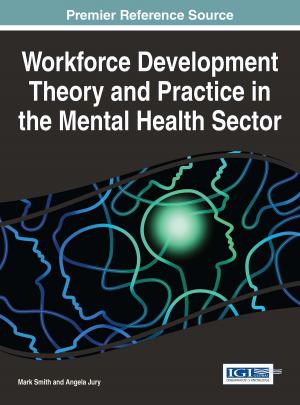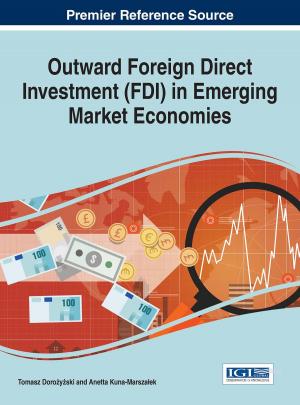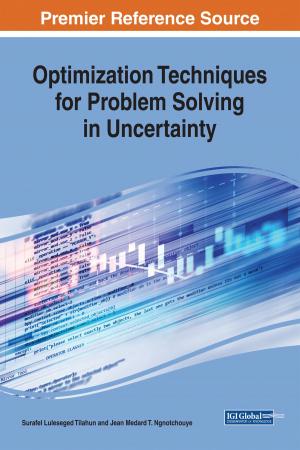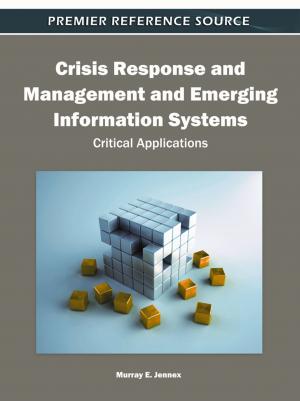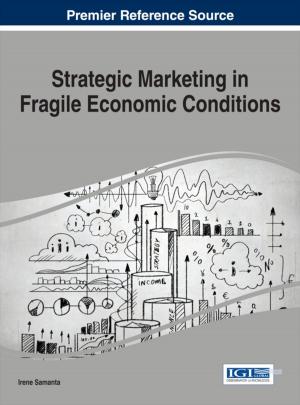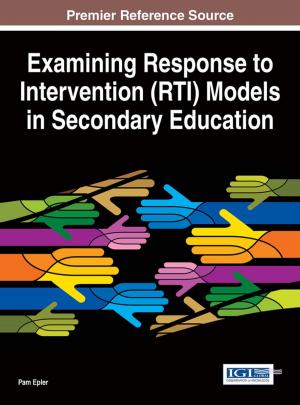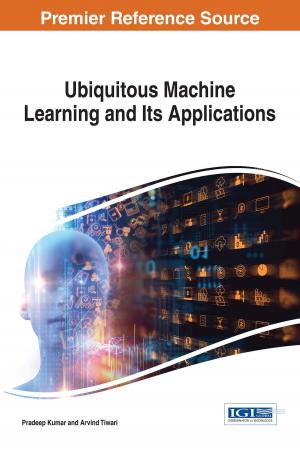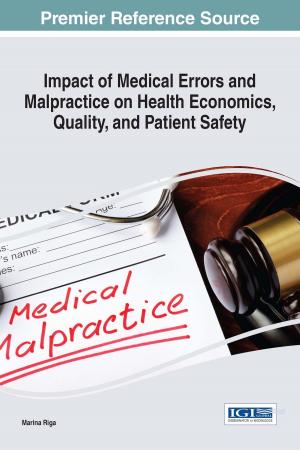Using Decision Support Systems for Transportation Planning Efficiency
Nonfiction, Science & Nature, Technology, Engineering, Civil, Reference & Language, Transportation| Author: | ISBN: | 9781466686502 | |
| Publisher: | IGI Global | Publication: | August 12, 2015 |
| Imprint: | Engineering Science Reference | Language: | English |
| Author: | |
| ISBN: | 9781466686502 |
| Publisher: | IGI Global |
| Publication: | August 12, 2015 |
| Imprint: | Engineering Science Reference |
| Language: | English |
The integration of technology into the transport planning sector has allowed for more stable, yet increasingly complex models that enable better analysis techniques and new approaches to decision making. These modern advances ensure higher productivity in addressing various planning problems. Using Decision Support Systems for Transportation Planning Efficiency is a valuable reference source of the latest scholarly research on the vast improvements that computational innovations have made for transportation planners. Featuring extensive coverage on a range of topics relating to spatial planning, environmental risks of transport, and traffic information systems, this publication is a pivotal reference source for transportation planners, professionals, and academicians seeking expert information on a multitude of transportation issues. This publication features timely chapters relevant to the area of transport planning, including artificial neural network models, logistics hubs, urban growth and expansion, accessibility modeling, sustainable mobility, hazardous materials transport, and urban intersections.
The integration of technology into the transport planning sector has allowed for more stable, yet increasingly complex models that enable better analysis techniques and new approaches to decision making. These modern advances ensure higher productivity in addressing various planning problems. Using Decision Support Systems for Transportation Planning Efficiency is a valuable reference source of the latest scholarly research on the vast improvements that computational innovations have made for transportation planners. Featuring extensive coverage on a range of topics relating to spatial planning, environmental risks of transport, and traffic information systems, this publication is a pivotal reference source for transportation planners, professionals, and academicians seeking expert information on a multitude of transportation issues. This publication features timely chapters relevant to the area of transport planning, including artificial neural network models, logistics hubs, urban growth and expansion, accessibility modeling, sustainable mobility, hazardous materials transport, and urban intersections.
